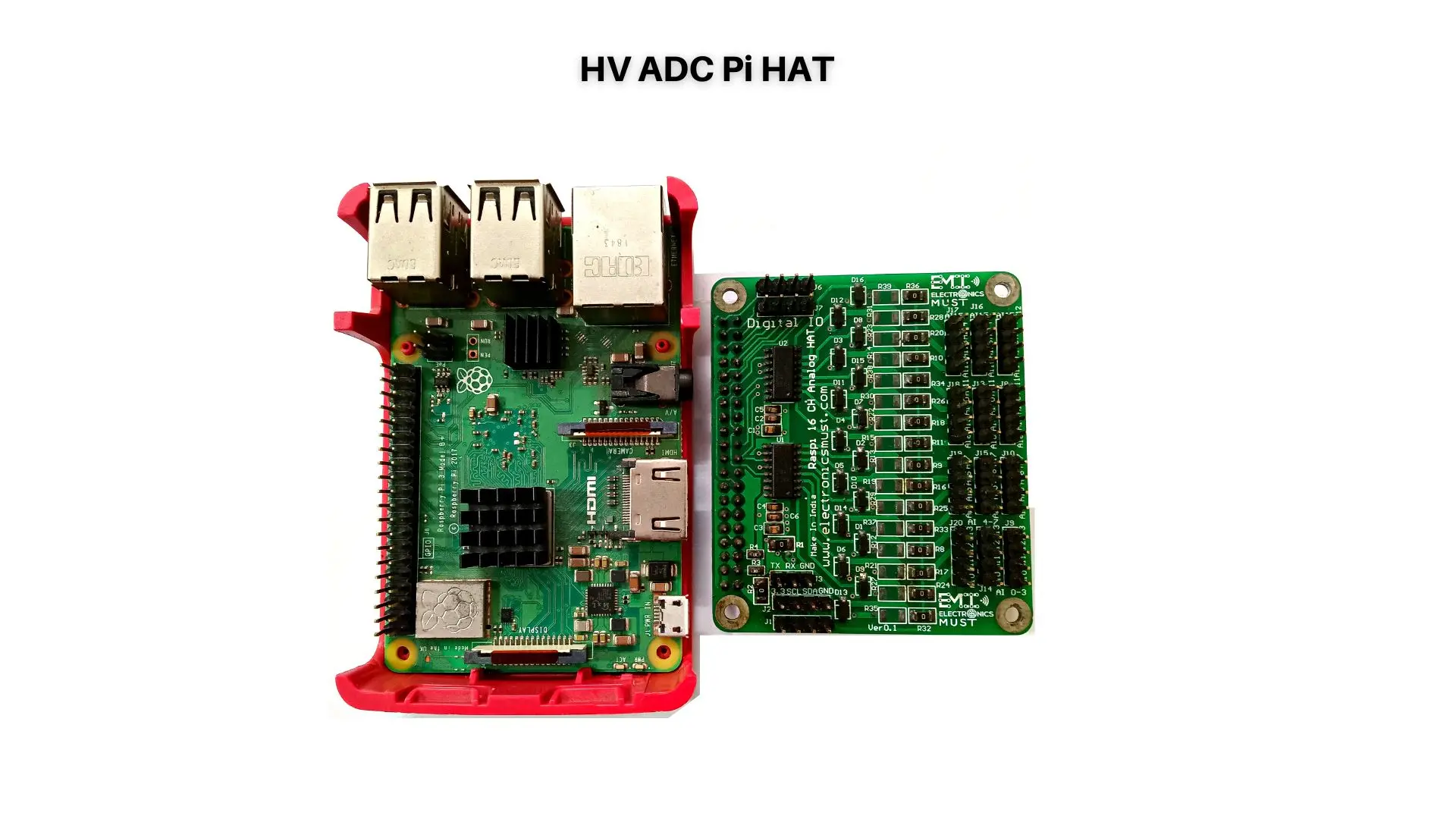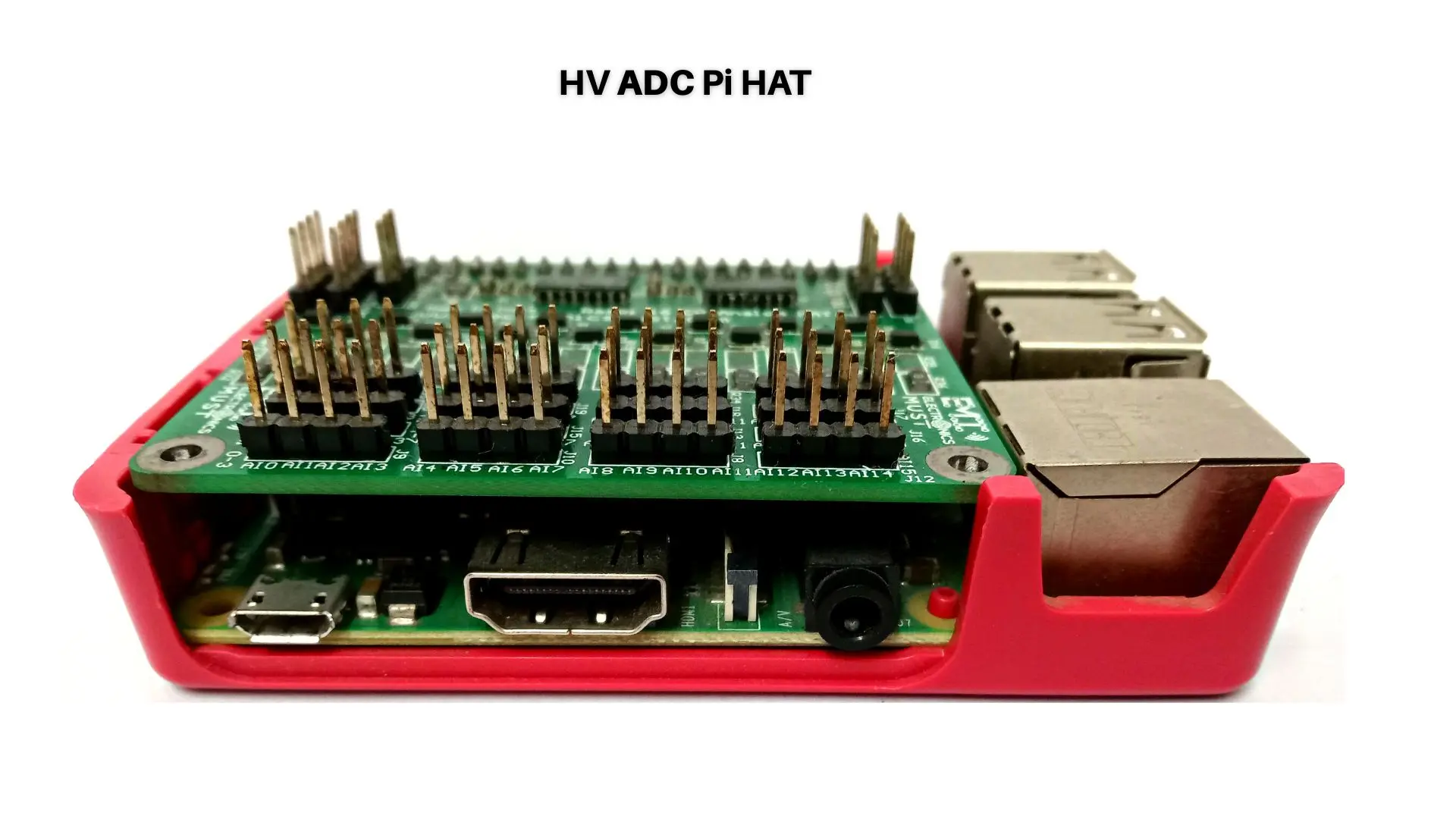In recent years, the Internet of Things (IoT) has emerged as one of the most transformative technological advancements of our time. IoT devices are designed to collect and transmit data over the internet, enabling the creation of smart homes, cities, and industries. At the heart of IoT are the hardware devices that make it all possible. In this blog, we will explore the various types of IoT hardware, from wearables to industrial IoT devices.
Wearables
Wearable technology has gained immense popularity in recent years, with fitness trackers, smartwatches, and smart glasses leading the way. These devices are designed to be worn on the body and can monitor and track a range of biometric data, including heart rate, steps taken, and sleep patterns. Fitness trackers like Fitbit and Garmin have become household names, while smartwatches like the Apple Watch and Samsung Galaxy Watch have taken the market by storm.
Smart glasses are another type of wearable IoT device that is gaining traction. These glasses have built-in sensors and displays that can project information directly onto the user’s field of vision. This technology has immense potential in industries such as manufacturing, where workers can use smart glasses to access real-time information about production processes and improve efficiency.
Consumer IoT Devices
Beyond wearables, there are a wide range of consumer IoT devices available on the market today. Smart home devices like Google Nest and Amazon Echo have become extremely popular, allowing homeowners to control their lighting, temperature, and security systems with their voice or smartphone. Smart appliances like refrigerators, washing machines, and coffee makers are also becoming more common, allowing users to monitor and control these devices remotely.
Industrial IoT Devices
The potential of IoT extends beyond the consumer market, with industrial IoT devices having a significant impact on the manufacturing, energy, and transportation sectors. These devices are designed to collect and transmit data in real-time, allowing for increased efficiency, productivity, and safety.
In the manufacturing sector, IoT devices are being used to monitor and optimize production processes. Sensors are placed on machines and equipment to track performance and detect issues before they become significant problems. This allows manufacturers to improve efficiency and reduce downtime, ultimately leading to cost savings.
In the energy sector, IoT devices are being used to optimize power consumption and reduce waste. Smart meters are being installed in homes and businesses to monitor energy usage, while sensors are being placed on power grids to track the flow of electricity and detect potential issues.
In the transportation sector, IoT devices are being used to improve safety and efficiency. Connected cars are becoming more common, allowing drivers to access real-time traffic and weather data, as well as communicate with other vehicles on the road. Fleet management companies are also using IoT devices to monitor and optimize their operations, leading to cost savings and improved safety.
Conclusion
The Internet of Things has the potential to transform virtually every aspect of our lives, from the way we live and work to the way we move around the world. At the heart of IoT are the hardware devices that make it all possible. From wearables to industrial IoT devices, these devices are collecting and transmitting data that is transforming the way we live and work. As the technology continues to evolve, we can expect to see even more innovative IoT hardware devices emerge in the years to come.






